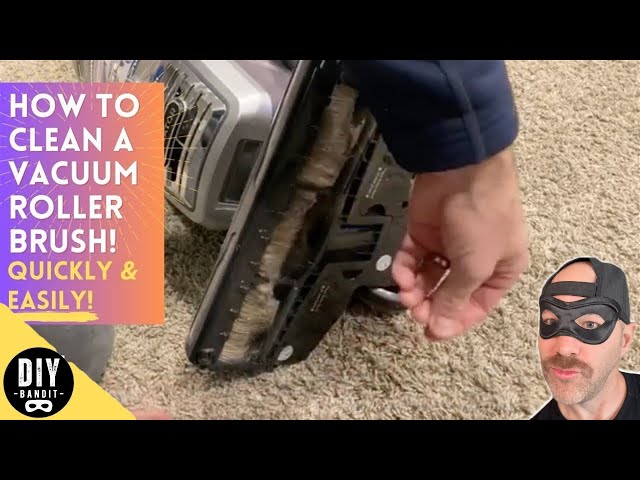10 years of experience as a food machinery equipment manufacturer
10 years of experience as a food machinery equipment manufacturer
Maintaining optimal cleaning performance often hinges on the condition of a vacuum cleaner’s brush roller. Over time, hair, string, and various debris inevitably wrap around the roller, hindering its rotation, reducing suction power, and potentially damaging the motor or belts. When it comes to freeing this crucial component from its tangles, homeowners typically face two main paths: tackling the task themselves or seeking professional assistance. Both approaches have distinct merits and drawbacks.

A heavily entangled brush roller isn’t just a nuisance; it directly impacts cleaning effectiveness. Reduced rotation prevents the brush from effectively agitating carpets to dislodge dirt, while the drag caused by wrapped debris forces the vacuum’s motor to work harder, potentially shortening its lifespan. Ignoring regular cleaning can lead to the roller seizing entirely or causing drive belts to snap. Recognizing the signs of a clogged roller – unusual noises, visible debris, decreased pickup performance – is the first step towards resolution.
For many, cleaning the brush roller is a routine maintenance task performed at home. The appeal lies in immediate accessibility and cost savings.
A typical DIY cleaning session requires minimal tools:
The basic process involves:
For those short on time, lacking confidence in disassembly, or facing a particularly stubborn roller clog, professional cleaning services offer a viable alternative.
Beyond simply removing wrapped debris, professional services often provide a more thorough service:
Costs can vary depending on the service provider, the vacuum model, and the level of service chosen, generally ranging from a moderate fee to a higher rate depending on the shop and location.
The optimal choice depends heavily on individual circumstances.
| Scenario | Recommended Approach |
|---|---|
| Regular maintenance cleaning (light tangles) | DIY |
| Lack of time / Desire for convenience | Professional |
| Extensive tangles / Major clog | Professional (often more efficient) |
| Uncertainty about disassembly / Fear of damage | Professional |
| Tight budget / Enjoy DIY tasks | DIY |
Regardless of the cleaning method chosen, prevention is key. Regularly cutting long hair or thick cords before vacuuming, avoiding large debris, and emptying the dustbin frequently (which improves suction and reduces the chance of debris wrapping around the roller) can significantly extend the time between cleanings. The choice between DIY and professional cleaning is ultimately a personal one, balancing cost, time, convenience, and confidence. Understanding both options empowers homeowners to make the best decision for their specific needs and ensure their vacuum performs optimally for years to come.
